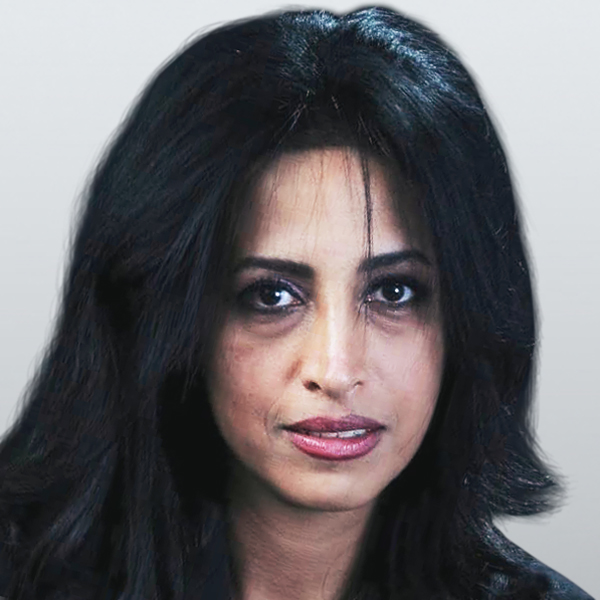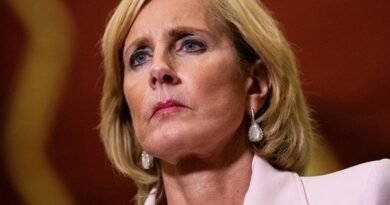This Time, the Islamic Regime Is the Only Minority Group in Iran
Distressed Patriotic Flag Unisex T-Shirt - Celebrate Comfort and Country $11.29 USD Get it here>>

Commentary
Iran, as one of the old civilizations in the Middle East, represents a heterogeneous state, consisting of many ethnic, religious, and linguistic populations. Historically, all these populations regardless of their place of habitat, identified with Iran as a historical entity.
After the Islamic Revolution of 1979, ethnic and religious minorities encountered a new constitution that aimed to define an Islamic state based on Sharia law with Shia supremacy. This law focused on Ummah (a commonwealth of Muslim believers) rather than the unity of the nation, and subsequently excluded all religious minorities, some of whom belonged to different disadvantaged ethnicities that lived in deprived areas. As a result, ethnic and religious minorities faced systematic discrimination and, at some point, considered their identity as threatened.
For the last 43 years, the Islamic regime has used the sensitive topic of ethnic diversity to advance its own agenda. Knowing the importance of the territorial integrity of the country for Iranians, especially after the long Iran–Iraq War that helped the regime to consolidate its existence, the authorities vigorously followed the divide-and-rule-policy to isolate citizens into different religious, ethnic, gender, and even linguistic groups, designating them as “minorities.”
One of the tools was the regime’s propaganda machine, which politicized ethnic identities by taking advantage of external actors. These actors have always challenged Iran’s territory and national security by influencing and manipulating a small number of ethnic groups in Iran and labeling them as separatists.
In this sense, any critical voice and objection on behalf of the people of these disadvantaged regions—the main cause of which lay in the negligence of the regime—will be politically labeled and misinterpreted in favor of the regime ideologues. In the same manner, all the miseries, regional disparities, and inequalities of Baluchs and Kurds, for instance, which led to their discontent, will be rendered and showcased as an aspiration to disengage from Iran. Similarly, their raised voices will be misrepresented as a threat to territorial integrity with the help of external actors.
The July 1999 uprisings known as the Student Movement are considered the first massive protests in Iran since the 1979 Islamic Revolution, being organized mainly by students and journalists. Further waves of protests followed and erupted in different Iranian cities and provinces. Up to this moment, no matter if it was an election fraud protest or an uprising due to economic constraints or a protest against the shooting down of a Ukrainian plane, the protesters’ main demand was regime change and opposition to the very core of the Islamic Republic. Each time this message was conveyed in all clarity.
The very same reason was the incentive for the 2009 uprising known as the Green Movement. This time people started by shouting slogans against the regime and targeting the supreme leader, demanding a regime change and nothing else.
However, in front of the eyes of the world and those who were closely monitoring the event, once again we noticed that Iranians were not only left alone, but suddenly the media, followed by the U.S. State Department’s deal with the Iranian regime, tried to change the narrative and the direction by giving voice to reformists. This happened at the cost of canceling all the alternative voices, who demanded a regime change.
Literally overnight, Mir-Hossein Mousavi―one of the Islamic Republic’s architects and the regime’s former prime minister during the time of mass executions inside Iran’s prisons in 1988―was showcased as the reformist leader of the movement. From that moment, even the nature of the slogans changed and was reconceptualized in order to promote the pro-reformist movement and support Mousavi instead of regime change.
As history repeats, this time the regime along with some Western media once again characterized the 2022 uprisings as ethnonational and labeled them as an ethnic sectarian movement. With this satisfactory description method, the government aims to propagate that it tries to “unite” people to protect territorial integrity. Many of the regime opponents, influenced by the regime propaganda, share the idea of the possibility of political chaos, which would lead to the disintegration of Iran in the case of a regime change. This is the regime’s oldest and simultaneously strongest instrument to insulate different ethnic groups in Iran.
However, the death of 22-year-old Mahsa Zhina Amini during her detention by the Morality Police (Gašt-e eršād) on Sept. 16, 2022, resulted in more widespread and radical protests started by Iranian women regardless of their secular or religious background. This time, Iranian people nationwide intelligently sensed the regime’s trick, and thus, became united beyond all differences. To them and the world, Mahsa Amini was an Iranian Kurd. The regime once again is trying to create distraction elsewhere or blame the foreign agents to divert attention from what is happening in the streets of different cities across the country. The Iranian government in its delusions of conspiracy, like before, is trying to misrepresent the movement as being started and fueled by “foreign” agents.
What we are witnessing today is a unique phenomenon initiated genuinely by brave Iranians, predominantly the younger generation, including teenagers, without the interference of any foreign elements, as the regime ideologists would like so audaciously to frame it. Hence, the regime has repeatedly instituted a violent crackdown against protesters, resulting in the injury and detention of hundreds of demonstrators and the death of at least 233 people as of Oct. 15, 2022.
What people are fighting for and demanding in the streets today isn’t even slightly different from what they were shouting in the streets of different Iranian cities in 2009, during Obama’s presidency. They still remember that they were left alone and instead, the Islamic regime received $1.7 billion in cash as a sign of “goodwill” within the broader appeasement policy of the Obama administration toward the Middle East, and in particular in order to indulge the Mullah regime.
What is important to remember is that this wasn’t and isn’t only a “women’s issue,” even though many Western policymakers are referring to and limiting the dimensions of these revolution-like uprisings to that. Neither is this discontent limited to a specific ethnicity as is misrepresented in some Western media confirming the Iranian regime’s policy. Nor is it peaceful for all those hundreds who were killed―out of whom at least 23 were children―and the other hundreds of individuals arrested by Iranian security forces.
It’s true, women sparked the movement this time, but it isn’t only about women, as in all the previous movements women were also on the frontline fighting for freedom and democracy. This isn’t merely a women’s issue but rather a human issue.
Today, people in Iran despite their ethnic, religious, and linguistic backgrounds are together and united. Women and men are fighting shoulder-to-shoulder for freedom and democracy. Now, the Islamic regime is the “minority” in Iran. Perhaps it isn’t clear how soon the barbaric regime will collapse. What is most important to pay attention to is informing Western policymakers about the reality in Iran and demanding that they hear the voices of Iranians clearly—and stopping the media, lobbyists, and individuals from misleading the direction once again.
Views expressed in this article are the opinions of the author and do not necessarily reflect the views of The Epoch Times.





